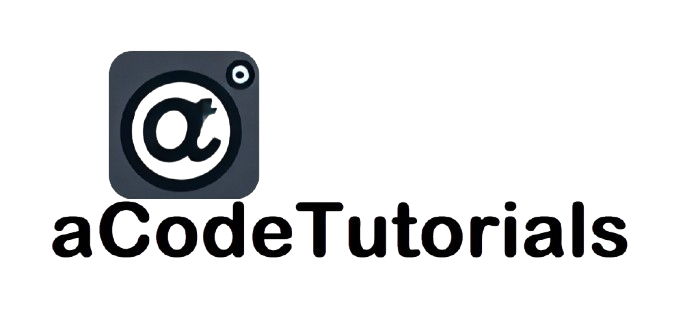HTML <time> time tag
The <time> tag in HTML is used to represent a specific time or a period of time. It provides a way to encode time-related information in a machine-readable format, which can be beneficial for search engines, calendars, and other applications that need to understand time data.
Key Features:
- Semantic Meaning: Encodes time-related information with semantic meaning, helping browsers and search engines understand and process time data.
- Machine-Readable: Supports a standard format for date and time, which can be used for machine parsing and indexing.
- Accessibility: Improves accessibility by clearly defining time-related information for assistive technologies.
Basic Syntax:
<time datetime="2024-09-16T14:30:00">September 16, 2024, 2:30 PM</time>
In this example:
- The
datetimeattribute specifies the machine-readable format of the date and time. - The content between the
<time>tags provides a human-readable representation.
Attributes:
datetime: This attribute specifies the date and time in a machine-readable format. It should follow the ISO 8601 standard, which isYYYY-MM-DDfor dates, andYYYY-MM-DDTHH:MM:SSfor date-time.- Example:
datetime="2024-09-16T14:30:00"for September 16, 2024, at 2:30 PM.
- Example:
pubdate(Deprecated): Previously used to indicate that the content of the<time>element is a publication date. This attribute is no longer recommended.
Example:
<!DOCTYPE html>
<html lang="en">
<head>
<meta charset="UTF-8">
<meta name="viewport" content="width=device-width, initial-scale=1.0">
<title>Time Tag Example</title>
</head>
<body>
<h1>Event Schedule</h1>
<p>The meeting is scheduled for <time datetime="2024-09-16T14:30:00">September 16, 2024, 2:30 PM</time>.</p>
<p>Our next webinar will be held on <time datetime="2024-10-01">October 1, 2024</time>.</p>
</body>
</html>
In this example:
- The
<time>element is used to represent the date and time of an event in both machine-readable and human-readable formats.
Use Cases:
- Event Dates and Times: Useful for marking up dates and times for events, deadlines, or any time-sensitive information.
- Calendars: Helps in creating calendar applications by providing standardized time data.
- Search Engines: Assists search engines in indexing and understanding time-related content more effectively.
Best Practices:
- Use
datetimeAttribute: Always provide thedatetimeattribute to ensure that the time data is machine-readable. - Follow ISO 8601: Use the ISO 8601 format for date and time to ensure compatibility and consistency.
- Provide Human-Readable Text: Include human-readable text inside the
<time>tags for better user experience.
Key Points:
- Purpose: The
<time>tag is used to represent specific dates and times in a machine-readable format, enhancing the semantic meaning of time-related information. - Attributes: The
datetimeattribute provides the standardized format for date and time, making it machine-readable. - Use: Ideal for marking up event dates, times, and any other time-sensitive information.
In summary, the <time> tag in HTML provides a way to encode and display dates and times with semantic meaning. By using the datetime attribute, you ensure that the time data is both human-readable and machine-readable, which benefits search engines, calendars, and accessibility tools.
